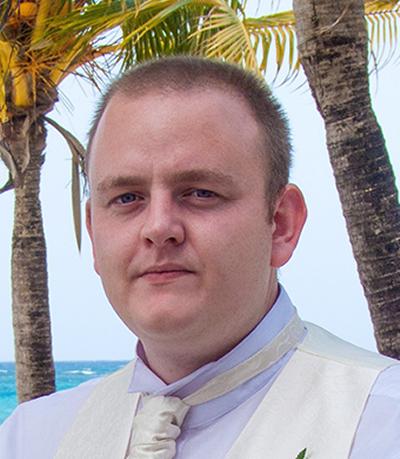Mr Philip Smith MSci
Postgraduate research student (SPITFIRE)

2012-2017: Master in Marine Biology with International Experience (MSci) at Bangor University.
I completed three projects:
Placement year - Assessing percentage cover of cold-water corals on different sized carbonate mounds at the SE Rockall Bank (NE Atlantic).
I created a photo dataset from video transects and processed the images to calculate the percent cover of cold-water corals over carbonate mounds. Throughout the literature carbonate mounds were referred to as ‘coral topped mounds’. My project concluded that coral does not colonise the tops of the tallest mounds. These mounds had outgrown the interaction of internal waves crashing over them. Instead internal waves crashed around the mound, limiting the nutrients at the peaks.
Dissertation – Whale-fall ecosystems and community composition: what natural factors influence invertebrate communities at whale-fall sites?
This meta-analyses compared invertebrate community composition of different whale-fall sites. Using PRIMER, whale-fall community similarities or differences were analysed considering such factors as depth, carcass size, species of whale, oxygen concentration at site, location and distance from nearest hydrothermal vent. Surprisingly, my results suggested that the factor most influencing community composition, or that were most similar, were the communities equidistant from the nearest hydrothermal vent site.
Masters Thesis – Population density and flow velocity affect tube morphology and drives feeding mode within populations of Lanice conchilega (Pallas,1766).
Lanice conchilega is an important ecosystem engineer on UK shores. Laboratory experiments were conducted to investigate the effect of density and flow velocity on populations of Lanice conchilega. My results suggest that at low densities L. conchilega prefers to deposit feed and does not build a sand tube above the sediment surface, unless at high flow velocities when filter feeding is adapted. When populations reach densities of 2000 – 6000 ind. m2 their tube dwellings are built as high as possible to outcompete while filter feeding. At densities higher than 6000 ind. m2 the population is mixed between filter and deposit feeders to alleviate intraspecific competition.